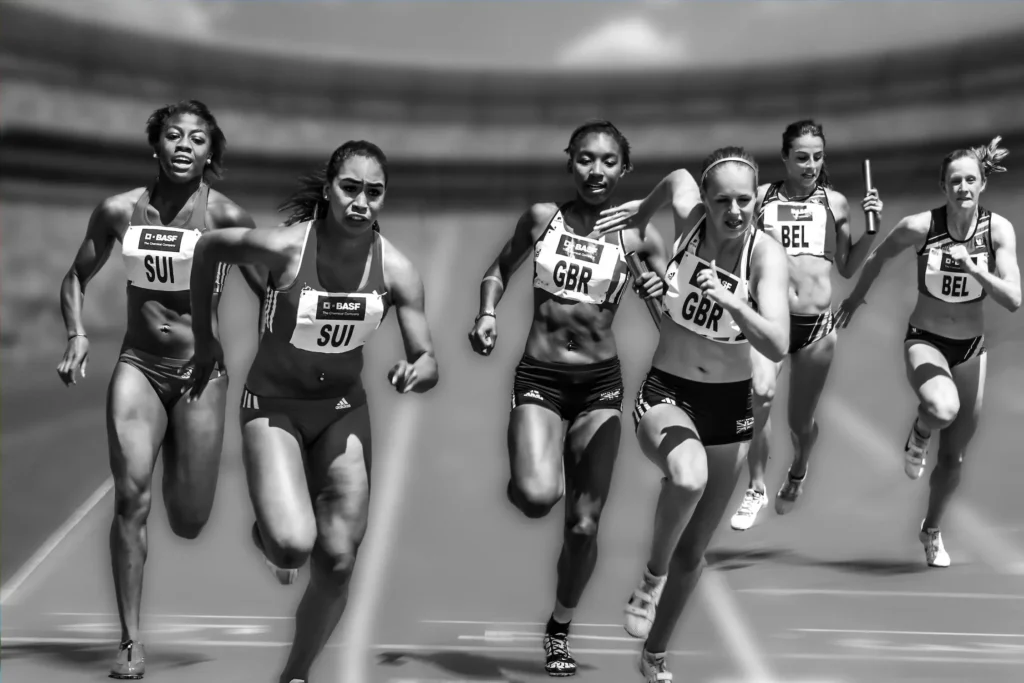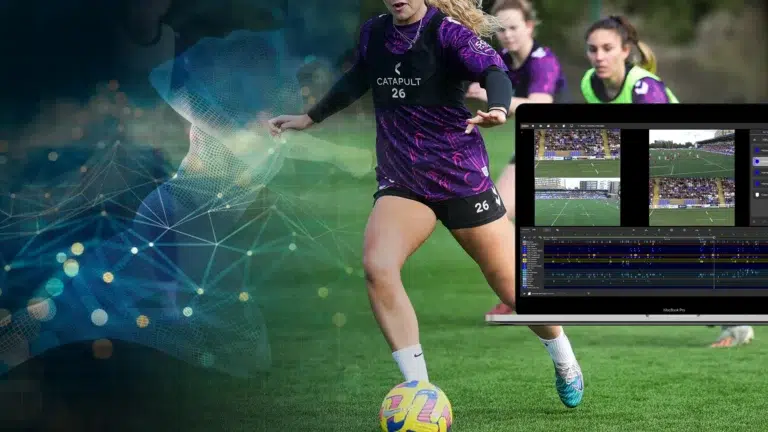The history of women in sports is a testament to courage, resilience, and the relentless pursuit of equality. From battling societal norms to shattering world records, women athletes have not only transformed the sports landscape but have also redefined what it means to compete at the highest levels. This blog explores the evolution of women in sports, highlighting milestones, challenges, and the ongoing journey toward equity and recognition.

A Brief Historical Overview
Women’s involvement in sports dates back to ancient times, yet their participation was often overshadowed by cultural restrictions. For example, in ancient Greece, women were excluded from the Olympic Games, although they had their own competitions like the Heraean Games.
Fast forward to the 19th century, organized sports for women began gaining traction, albeit with limited opportunities. Activities like tennis, golf, and croquet were deemed “acceptable” for women of the time. The establishment of women’s colleges further fostered organized sporting events for women, setting the stage for broader participation.
Breaking Barriers in the 20th Century
The Olympics
The 20th century marked a turning point for women in sports, particularly with their inclusion in the Olympic Games. In 1900, women participated in the Olympics for the first time, competing in sports like tennis and golf. Over time, their presence grew, with trailblazers like Wilma Rudolph, Nadia Comăneci, and Florence Griffith Joyner setting records and inspiring generations.
Title IX Legislation (1972)
One of the most significant milestones in women’s sports history was the enactment of Title IX in the United States. This landmark law mandated equal opportunities for women in educational programs, including sports. The ripple effect of Title IX was monumental, leading to increased funding, better facilities, and higher participation rates for women in athletics.
Professional Leagues and Representation
The establishment of professional leagues like the WNBA (Women’s National Basketball Association) and increased representation in soccer, tennis, and other sports further solidified women’s place in the sporting world.
Challenges Faced by Women in Sports
Despite significant progress, women in sports continue to face numerous challenges, including:
- Pay Disparities: Women athletes often earn significantly less than their male counterparts, even at the professional level.
- Media Coverage: Studies show that women’s sports receive less than 10% of all sports media coverage, limiting exposure and sponsorship opportunities.
- Cultural Bias: Societal perceptions about women’s physical abilities and the appropriateness of certain sports for women persist in many parts of the world.
- Access to Resources: In some regions, women athletes struggle with inadequate training facilities and support systems.

Modern-Day Icons of Women’s Sports
Today, women athletes are global icons, inspiring millions and proving that no barrier is insurmountable. Some of the most notable figures include:
- Serena Williams (Tennis): Known for her unparalleled skill and dominance, Serena has revolutionized tennis while advocating for gender and racial equality.
- Simone Biles (Gymnastics): A symbol of resilience and excellence, Biles has redefined gymnastics with her groundbreaking performances.
- Megan Rapinoe (Soccer): A fierce advocate for equal pay and LGBTQ+ rights, Rapinoe’s influence extends far beyond the soccer field.
- Katie Ledecky (Swimming): With multiple Olympic gold medals, Ledecky continues to push the boundaries of what’s possible in swimming.
The Role of Media and Sponsorships
In recent years, media and sponsorships have played a pivotal role in elevating women’s sports. Social media platforms have given women athletes a direct channel to engage with fans, while sponsorships from major brands have highlighted their marketability and influence. Campaigns like Nike’s “Dream Crazier,” featuring women athletes breaking stereotypes, have further amplified the visibility of women in sports.
The Impact of Grassroots Programs
Grassroots initiatives have been instrumental in encouraging young girls to participate in sports. Programs like “Girls on the Run” and FIFA’s “Live Your Goals” campaign aim to build confidence, teamwork, and leadership skills through athletic participation.
These programs are particularly impactful in communities where traditional gender roles may discourage girls from pursuing sports. By fostering an inclusive environment, grassroots programs ensure that the next generation of women athletes has a strong foundation.
Looking Ahead: The Future of Women in Sports
The future of women in sports looks brighter than ever. With increasing awareness, advocacy, and technological advancements, the barriers that once limited women’s participation are rapidly diminishing. Here are some key trends shaping the future:
- Equal Pay Movements: High-profile cases like the U.S. Women’s Soccer Team’s fight for equal pay are setting a precedent for other sports.
- Esports and Technology: The rise of esports has created a new arena where women can compete on equal footing, breaking traditional physical barriers.
- Increased Investment: Corporate sponsors and media outlets are recognizing the value of investing in women’s sports, leading to better facilities and opportunities.
- Global Initiatives: Organizations like the International Olympic Committee (IOC) are championing gender equality through initiatives like the “Gender Equality Review Project.”
FAQs: Women in Sports
Q1: When did women first participate in the Olympics?
Women first participated in the Olympics in 1900, competing in sports like tennis and golf.
Q2: What is Title IX, and why is it important?
Title IX is a U.S. law passed in 1972 that prohibits gender-based discrimination in education, including sports, ensuring equal opportunities for women.
Q3: Why do women athletes earn less than men?
Pay disparities often stem from differences in media coverage, sponsorships, and audience engagement, although advocacy efforts are closing this gap.
Q4: How can I support women’s sports?
You can support women’s sports by attending games, following athletes on social media, and advocating for equal coverage and pay.
Q5: Are there professional leagues for women in all sports?
While many sports have professional leagues for women, some are still in development. The growth of women’s sports leagues continues to expand opportunities.
Conclusion
The journey of women in sports is one of resilience, progress, and triumph. From ancient exclusions to modern-day champions, women have continuously broken barriers to claim their rightful place in the world of sports. As fans, advocates, and participants, we all have a role to play in ensuring that this evolution continues.







